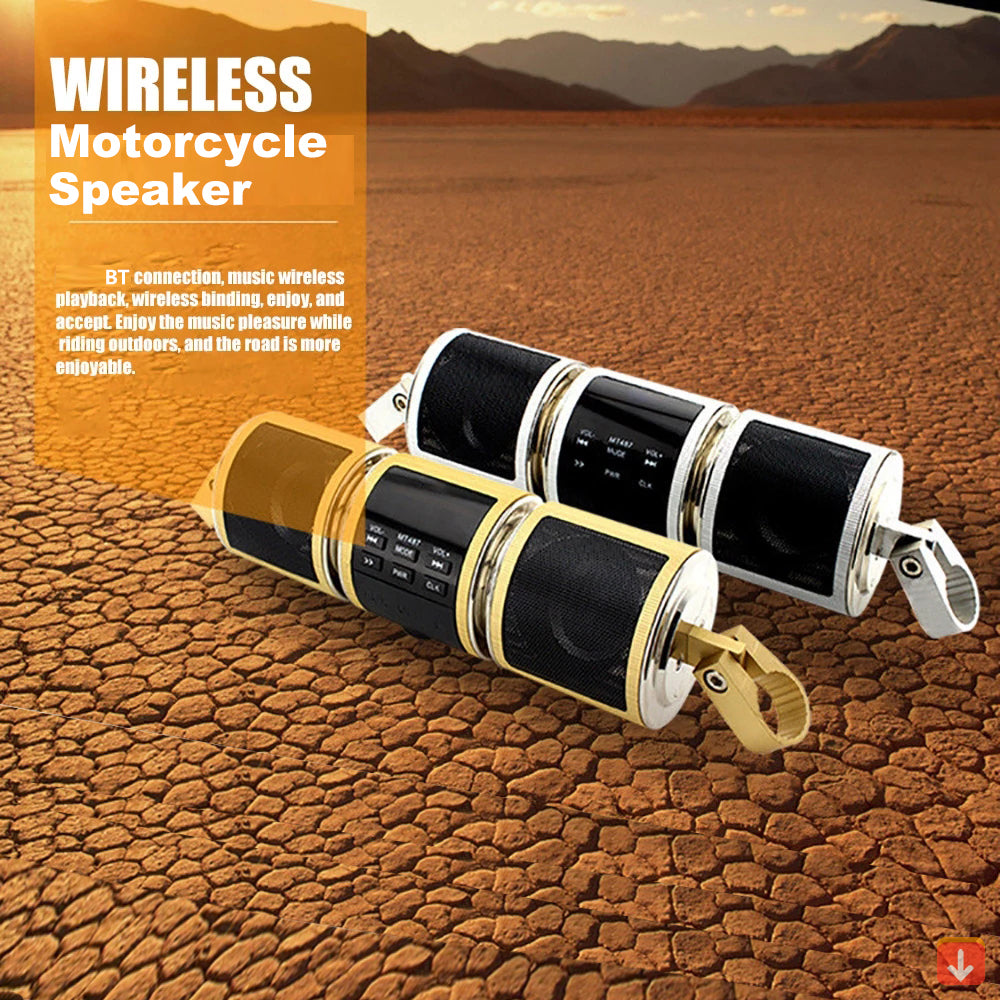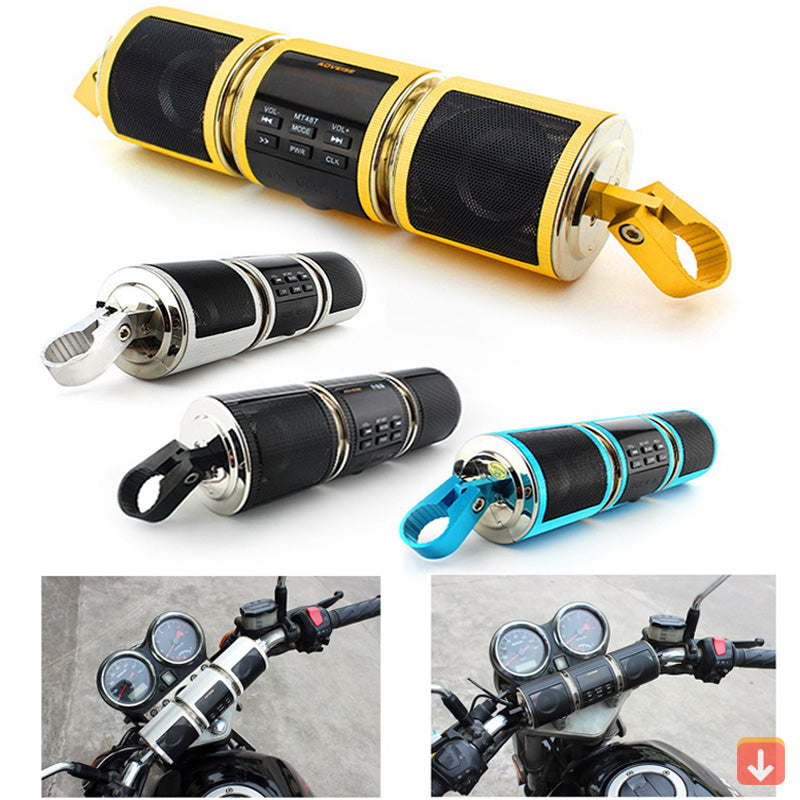Loud Motorcycle Bluetooth Speakers

The increasing popularity of motorcycle Bluetooth speakers is sparking debate, raising concerns about noise pollution and safety on roadways across the nation. While manufacturers tout the benefits of these devices for communication and entertainment, critics argue that excessively loud music can distract riders and negatively impact surrounding communities.
The controversy centers around the balance between personal enjoyment and public responsibility. Are these speakers simply a modern convenience, or do they pose a legitimate threat to peace and safety? This article explores the growing trend, the arguments for and against motorcycle Bluetooth speakers, and the potential implications for riders and the general public.
The Rise of Motorcycle Audio
Motorcycle Bluetooth speakers have seen a surge in popularity in recent years. This is due to advancements in wireless technology and the desire for riders to stay connected and entertained on long journeys.
These speakers allow riders to listen to music, podcasts, and receive navigation instructions without the need for cumbersome headphones. Marketing campaigns often highlight the freedom and enhanced riding experience that these devices offer.
Concerns Over Noise Pollution and Safety
However, the increase in motorcycle audio has not been without its detractors. Many argue that the loud music emanating from these speakers creates a significant source of noise pollution.
Residents living near popular motorcycle routes frequently complain about the disruptive noise, especially during peak riding seasons. This can be particularly problematic in residential areas and near sensitive locations like hospitals and schools.
Safety Implications
Beyond noise pollution, safety is a primary concern. Critics argue that loud music can impair a rider's ability to hear crucial sounds, such as sirens, horns, and other vehicles.
This diminished awareness can increase the risk of accidents, endangering both the rider and other road users. Some studies have suggested a correlation between distracted riding and increased accident rates, though the specific impact of motorcycle Bluetooth speakers remains under investigation.
According to the National Highway Traffic Safety Administration (NHTSA), driver distraction is a major contributing factor in traffic accidents. While they don't specifically address motorcycle speakers, the principle of minimizing distractions is paramount for road safety.
Legal Landscape and Enforcement
The legal status of motorcycle Bluetooth speakers varies across different states and municipalities. Some jurisdictions have noise ordinances that could potentially be applied to loud motorcycles, but enforcement can be challenging.
Determining the acceptable noise level and proving a violation requires specialized equipment and trained personnel. Furthermore, some argue that existing noise laws are inadequate to address the specific issues raised by motorcycle audio.
Advocacy groups are pushing for clearer regulations and stricter enforcement to address noise pollution from motorcycles.
"We need consistent standards and effective enforcement to protect our communities from excessive noise,"says Sarah Miller, a spokesperson for a local community advocacy group.
The Rider's Perspective
Many riders defend their use of Bluetooth speakers, arguing that they have a right to enjoy their ride and that they are responsible enough to manage the volume appropriately.
They maintain that these devices enhance their riding experience and allow them to stay connected and entertained on long journeys. "I use my speakers to listen to music and get directions, and I always keep the volume at a reasonable level," says Mark Johnson, a motorcycle enthusiast.
Some riders also point out that wearing earbuds or headphones can be more dangerous, as they completely block out surrounding sounds. Speakers, they argue, allow them to hear both their music and their surroundings.
Finding a Balance
The debate surrounding motorcycle Bluetooth speakers highlights the challenge of balancing individual rights with public safety and community well-being. Finding a solution that satisfies all parties will require careful consideration of the potential risks and benefits.
Potential solutions could include implementing stricter noise limits for motorcycles, promoting responsible riding practices, and developing technology that automatically adjusts speaker volume based on surrounding noise levels. Open dialogue between riders, community members, and lawmakers is essential to finding a fair and effective resolution to this ongoing debate.


















